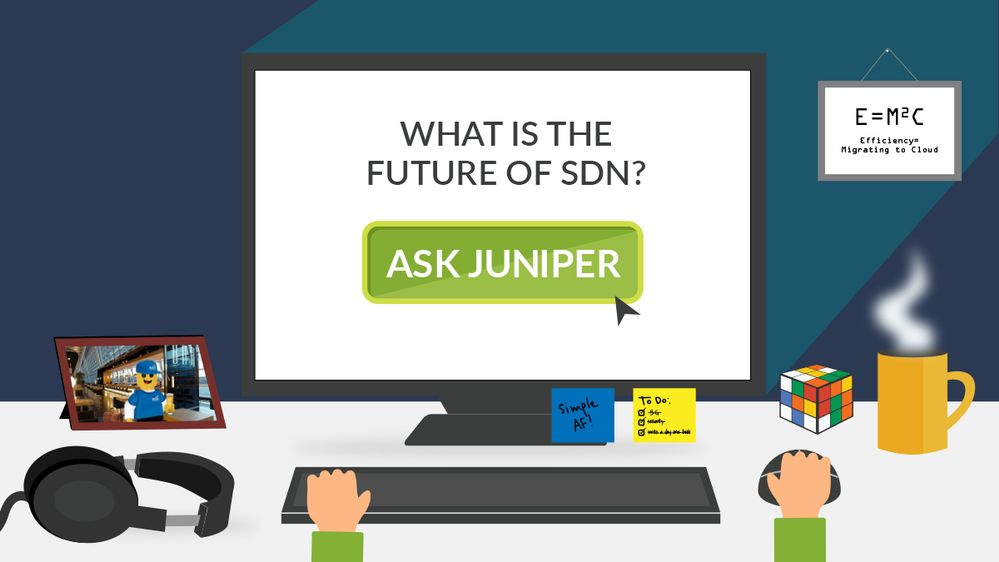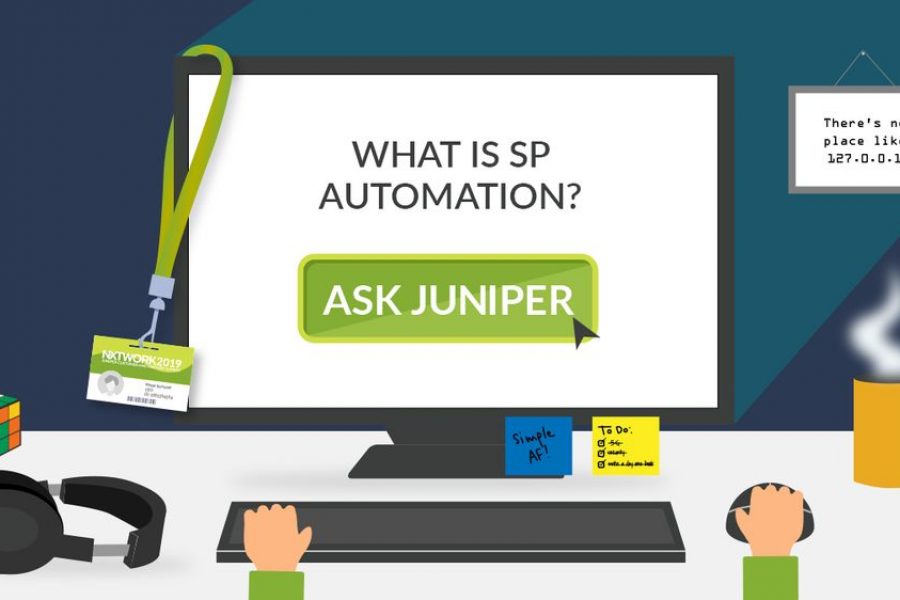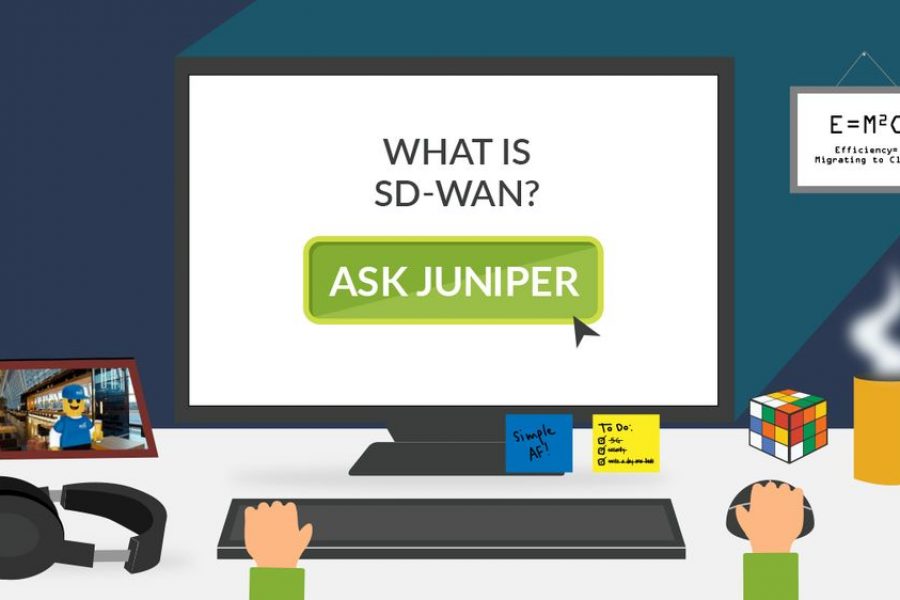
The networking industry is perpetually evolving. It has to. With new applications and innovations affecting networks every day, architectures must adapt to keep pace with today’s digital demands. In fact, these demands inspire innovations within the networking industry itself — such as the implementation of software-defined networking (SDN). SDN is an approach to network operations tooling that aims to abstract control, automate workflows and optimize network resources to quickly acclimate networks to changing business needs, applications and traffic patterns. SDN architectures generally do this by separating the network’s control plane and the data plane. Specifically, the control plane is a programmable controller infrastructure that is distinct from physical devices. Controllers may be based in the cloud or on premises.
Because it makes networks more dynamic and simplifies operations, SDN delivers a wide array of business benefits. SDN includes the ability to regulate the network service levels, to respond more swiftly to issues, and to automate networking, all of which improve reliability, agility, costs, as well as user experience. Understanding these benefits and how they change an enterprise is crucial, as the influx of SDN goes beyond software transformation. SDN also creates an operational impact, affecting employees and functions beyond IT. Software-defined is not merely deploying new features and tools but is rather about rethinking how we operate in a world of software-driven tools. Modern enterprises are quickly moving away from the days of device-by-device management and into a future where security protections learn as fast as threats emerge and networks adapt to assure the best user experience even amid dynamic conditions.
However, SDN — like everything in the networking field — is evolving too. That’s because they‘re eating up the value that some SDNs provide by enabling micro-segmentation and security for RPC between micro-services. They achieve this by providing improved TLS-based security and identity assignment to each micro-service, as well as adding advanced application-aware load balancing and fault handling that is otherwise hard to achieve without application analytics and code refactoring.
This doesn’t mean SDNs still aren’t an integral part of the equation. Moreover, most teams will want the multiple layers of security isolation, micro-segmentation and multi-tenancy that comes with SDN solutions, without any performance penalty. SDN solutions can also span connectivity across clusters, stacks and runtimes other than containers and satisfy the latency obsessed. In short, software-defined networking is going to continue to evolve, but will always play an important role in modern networking.
Resources:
Contrail Tops SDN Controller Evaluations!
Enterprise WAN for the Cloud Era
Software-Defined, a Decade Later
Case Study: SURFnet Uses Automation to Speed Services for Dutch Universities and Researchers
Solution Brief: Build an Sdn-Enabled Network with Juniper Networks Contrail
Solution Brief: Agility without Compromise with Juniper SDN
Beyond Software-Defined Networking: The AI-Driven Enterprise

























